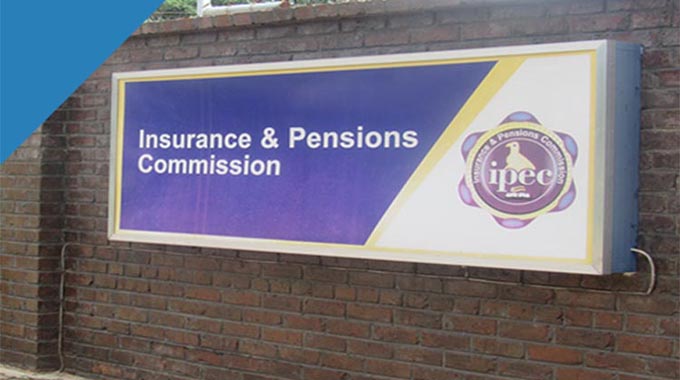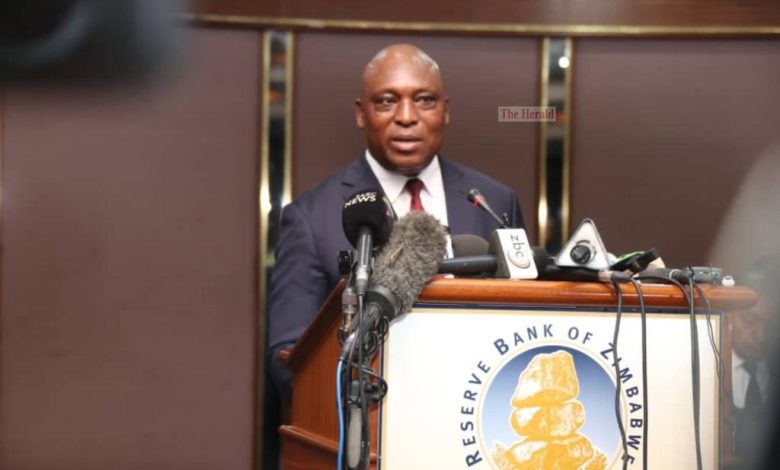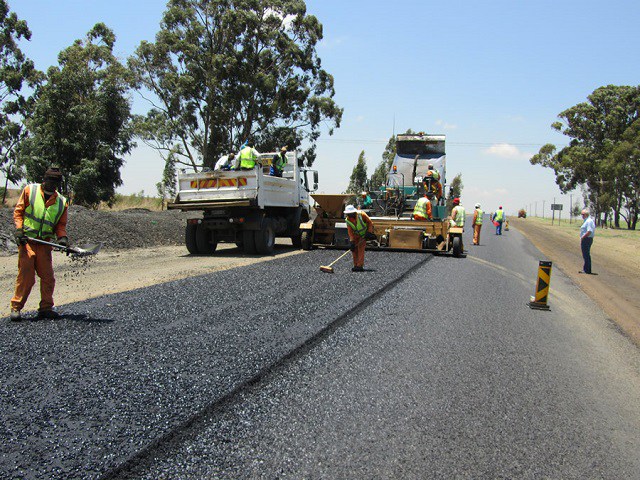Infrastructure development sparkled in 2021
INFRASTRUCTURE development has been one of the major keystones of Government’s development strategy in 2021, with almost every area being spruced up to aid economic growth.
A result of deliberate policy by President Mnangagwa’s administration, infrastructure development became the buzzword throughout the year.
Conversations about the ongoing infrastructure development dominated gatherings, rallies, meetings and even social media discussions.
What is crucial about this priority policy area is that word was followed by action on the ground, resulting in various infrastructural development projects being implemented.
According to the African Development Bank Group, studies have shown that increasing the stock of infrastructure by one percent can add up to one percent to Gross Domestic Product.
And this is also recognised by Government’s economic blueprints such as the National Development Strategy 1, Vision 2030 and the Transitional Stabilisation Programme.
This explains why infrastructure development moved many gears up in 2021 in various sectors of the economy.
Perhaps the leading sector in infrastructure development this year was road construction, upgrading and rehabilitation.
Almost everywhere throughout the country, massive roads rehabilitation works were implemented in 2021 to signify progress being made by the New Dispensation in its commitment to changing the country’s economic status.
The major works showed a sound understanding of the important link between a good road network and development.
The re-construction of the Harare-Beitbridge Highway became the anchor infrastructural development project in 2021 that amazed everyone with the speed with which it was being carried out.
With almost 300 kilometres of the new road now open to traffic, a completely new structure has been put in place, accompanied by a new surface that makes the road outstanding in various ways.
Before the end of next year, it is envisaged that the road would completed and opened to traffic from Harare to Beitbridge.
The highway is being redone and widened to ensure easy movement of traffic, considering that the existing one had become too narrow to effectively accommodate haulage trucks and other vehicles.
The importance of this trunk road is that it connects Zimbabwe to the rest of countries north of the Zambezi River, with those countries in the north also connected to South Africa and its various seaports.
The construction work involves laying a completely new surface from Harare to Beitbridge, with the road being widened from seven metres to 12,5 metres. On the completed sections, there are now clearly marked lanes and signs that confirm with SADC transport regulations.
To ensure equitable development, President Mnangagwa launched the Emergency Road Repair Programme Phase 2 during the course of 2021, which extended road rehabilitation to rural areas, towns and cities.
Already, some of the major roads in Harare like Seke Road linking the capital and Chitungwiza, which had deteriorated in quality, were re-done during this year, as were several roads in rural areas.
Another infrastructure development that became the major talking point in 2021 is the modernisation of the Beitbridge Border Post, an important gateway in the SADC region considering that it is the busiest inland port.
Pictures of completed sections of the border post started circulating along the year, leaving many in awe of the top-notch architectural prowess demonstrated by the constructors.
The border post handles at least 1 200 commercial heavy trucks, 3 500 light motor vehicles, 120 buses and 15 000 travellers daily.
Upon completion of the modernisation project, the border post will have an increased capacity to deal with more than five times these numbers.
This alone shows the huge potential that lies at Beitbridge as a catalyst for development in terms of regional integration, trade and development.
The border is being modernised under a US$300 million facility through a 17-year Built Operate and Transfer (BOT) arrangement between the Government and Zimborders Consortium.
Under the initiative, the Government is providing technical support while Zimborders, through various financial institutions, is funding civil works.
The first phase of the project, which was open to traffic in October this year, was concentrated on upgrading the buildings, warehouses, roads, installing new weighbridges and a new main freight terminal building.
Phases 2 and 3 will deal with the construction of the new terminals for buses, light vehicles and pedestrians, and other necessities that facilitate the ease of doing business.
At least 264 staff houses will be constructed for border agencies.
Some of the sections were completed this year and opened to both vehicular and human traffic.
Work on the expansion of Robert Gabriel Mugabe International Airport was quickened in 2021.
The works involve construction of the international terminal building and aprons, installation of four new bridges, a secondary radar system, construction of a VVIP pavilion and an airfield ground lighting and communication system.
The international terminal building and the domestic terminal building is being refurbished to increase the airport’s holding capacity to six million people per annum from 2,5 million.
During one of his tours of the airport in the course of the year, Transport and Infrastructural Development Minister Felix Mhona remarked: “I am delighted after having toured this magnificent project.
“What I really wanted to monitor is the time frame because we want to deliver according to the National Development Strategy 1 so that we meet our desired targets, and I am happy to say that we are on sync.
“I was asking the contractor on when the project will be finished and they assured me that by June next year we will have a finished product. This has also been confirmed by our local engineers. This is the work of the Second Republic. We are delivering according to the Vision 2030 that has been enshrined by President Mnangagwa.”
Upgrading works on small airports like the Buffalo Range Airport in Chiredzi were initiatedin 2021.
Buffalo Range Airport is being rehabilitated and upgraded to enable the runaway to accommodate bigger aircraft, as the nation anticipates recovery of the tourism industry as Covid-19 retreats globally.
A lot was done in 2021 in the development of water infrastructure, which saw accelerated work being carried out on Gwayi-Shangani Dam in Matabeleland North province, Hwange District.
The dam is now on course for completion and will change the whole outlook of the belt leading to Bulawayo as there are plans for irrigation infrastructure to be established along the way.
The dam was first planned 109 years ago, but very little had been done until the coming in of the Second Republic, which committed huge amounts of money for its fast tracked construction.
Muchekeranwa Dam, formerly known as Causeway Dam, which lies between Mashonaland East and Manicaland rovinces was commissioned this year by President Mnangagwa.
The dam provides water to Machiki Irrigation Scheme earmarked for local farmers and villagers who were moved to pave way for its construction a few years back.
Muchekeranwa Dam also avails water to Marondera town and Marondera University of Agricultural Science and Technology for both domestic and industrial purposes.
There is a project under the Presidential Community Fisheries Scheme at the dam, an irrigation project and the construction of the Muchekeranwa-Wenimbi pipeline in Mashonaland East.
It was during this year that feasibility studies were initiated on the Runde-Tende Dam to be built on the confluence of Runde and Tende rivers in south western Chivi in Masvingo province.
The dam is expected to provide irrigation water for nearly 30 000 hectares, being bigger than the famous Tokwe-Mukosi Dam in the same district.
Infrastructural projects were completed under the devolution programme in all the districts throughout the country in 2021.
The infrastructure done under the programme include the building of new schools, clinics and roads, while many others were rehabilitated.
Under devolution, the Government avails funds to the lower structures of governance, which in turn consult the people on which projects to prioritise.
The Zimbabwe National Human Settlements Policy (2020) was launched in 2021 with aim of mapping the way forward in terms of establishing housing infrastructure.
President Mnangagwa launched the policy, which deals with a holistic approach to housing and settlement issues, a pro-poor approach that strives to ensure people have access to descent accommodation.
The policy addresses issues such as urban renewal, settlement financing, off-site and on-site infrastructure, densification, regularisation of informal settlements, rental housing and rural settlements.-The Herald











